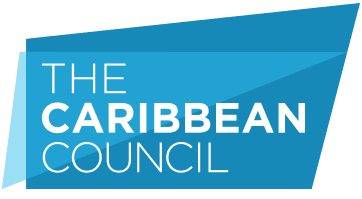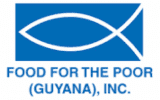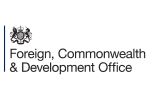3 July 2025
The One Big Beautiful Bill Act passed 51-50 in the US Senate with a 1% tax on remittances and substantial changes made to where it will apply. Originally starting at 5%, it was first reduced to 3.5% then 1% with countries like Honduras estimating the cost at US$500mn a year. The tax will only be applicable on cash, money orders or cashier’s cheques. Despite its limitations, experts warn it could be a setback for financial inclusion. This includes increased oversight of remittance companies and mandatory use of federally supervised channels. The effect this may have on access to financial services remains to be seen.
Source: Central America Briefing | Vol 13, Issue 13













